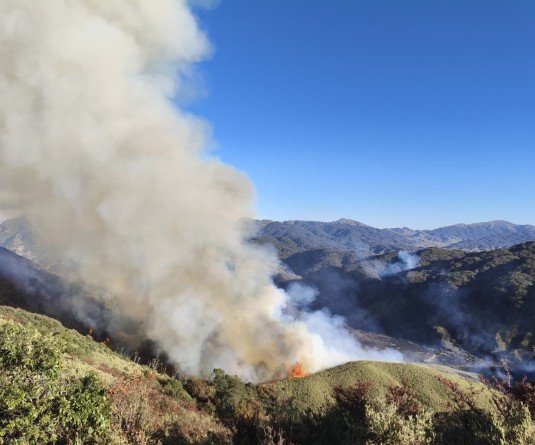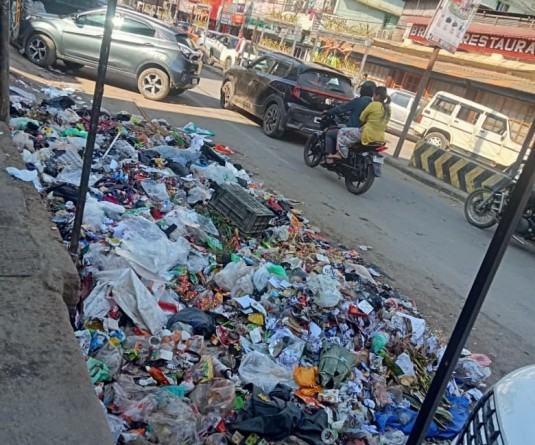
Morung Express News
Dimapur | August 4
After agriculture, with judicious use of mineral resources as the only ray of hope to boosting Nagaland’s economy, the state government under its “capacity-building” programme has undertaken the task of creating awareness for local miners. This is envisaged for optimum, economical and safer coal extraction with minimum environmental degradation.
A training programme on basic coal mining methods and safety measures, was held here in the conference hall of Geology & Mining office today. Director for Geology & Mining HK Chishi in his address said unsystematic and unscientific methods of coal mining in Nagaland for the past many years has resulted in the loss of precious non-renewable mineral resources as well as human lives.
With a view to ensure judicious exploitation of mineral resources, Chishi said the state government had introduced the Nagaland Coal Mining Policy and Coal Mining Rule in 2006. He urged those involved in coal mining activities to follow the technical guidelines laid down by the department. The director also informed that till date the department has issued twenty six coal prospecting license (CPL) and a mining lease.
Mar Imchen, a geologist in the Geology & Mining department, in his power-point presentation said Nagaland has an estimated 315.41 million tonnes of coal reserve, spread out in eight districts. He said the physical and chemical properties of Nagaland coal are comparable with the tertiary coals of the North-East region having high percentage of Sulphur, low ash, high calorific value and low-caking index.
But whereas the tertiary coal of the Northeast is classed as lignitic-bituminous, Nagaland’s coal may be classed as bituminous to sub-bituminous, the geologist said. He also informed that the various forms of coal found in the state include “coalified” wood, hard (lumpy) coal, fractured/crushed coal, flaky/laminated coal, powdered coal, powdered-flaky coal and powdered-mixed coal.
On the scope of coal utilization in Nagaland, Imchen said coal briquette can be used for domestic and minor industrial units like food processing, mini-mechanized brick plants, citronella plants and Tuli paper mill. Likewise, coke breeze can be utilized for other vertical shaft kiln (VSK) cement plants and supply to metallurgical industries.
Likewise, Nagaland’s coal can also be used for generation of thermal power (20-25 MW) through Fluidized Bed Carbonization (FBC) technology, he added.
He however pointed out that due to lack of coal industry in Nagaland, coal is supplied to other states and the only domestic use is confined to brick plants and tea gardens. Additional director for Geology & Mining SK Kenye chaired the inaugural programme. In the technical session that followed, resource persons included joint director (Mining), R Nakhro (Nagaland Coal Mining Policy and Coal Mining Rule in 2006), Tsuknung Jamir (Basic coal mining method and safety measures) and OSD (G&M) OK Temjen (Environmental hazards and management measures in mines).




.jpg)

